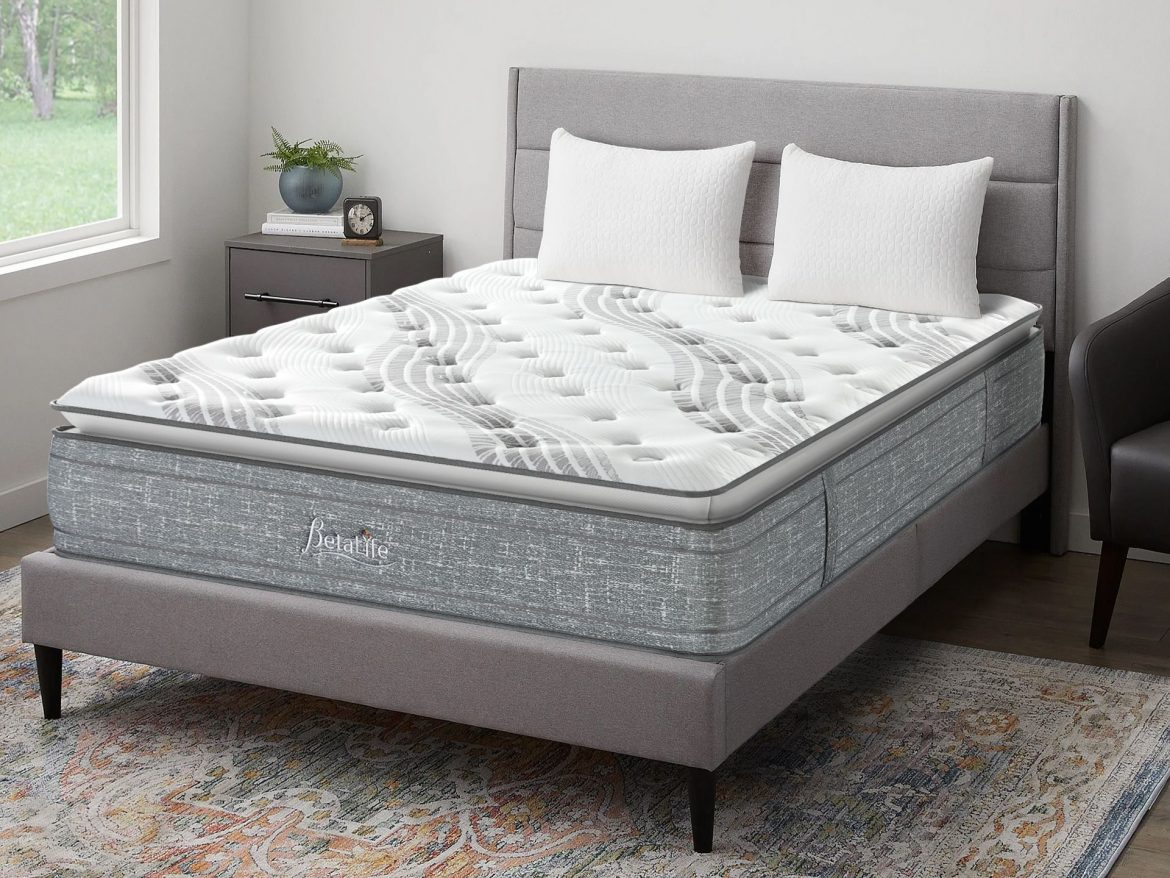The quest for a good night’s sleep is intricately linked to the selection of an appropriate mattress, a journey made complex by the vast array of options available in today’s market. Foam mattresses, Bonnell spring mattresses, and pocket spring mattresses each present distinct advantages and potential limitations, catering to a wide spectrum of sleep preferences, body types, and budgetary considerations. Whether you’re in search of the enveloping comfort provided by foam, the robust support characteristic of Bonnell springs, or the adaptive support system offered by pocket springs, understanding the specific attributes of these mattress types is crucial. This knowledge empowers you to make a choice that aligns with your personal sleep habits, financial constraints, and overall lifestyle, setting the stage for restful nights and rejuvenated mornings.
How Your Sleeping Habits Should Influence Your Mattress Choice
The significance of selecting a mattress based on your sleeping position cannot be overstated. Side sleepers, who require pressure relief at the shoulders and hips, may find solace in foam mattresses. These mattresses excel in contouring to the body’s shape, providing unparalleled support and comfort. Memory foam, in particular, is adept at distributing weight evenly, reducing pressure points, and enhancing sleep quality.
For those who prefer sleeping on their back or stomach, a Bonnell spring mattress might be the better choice. Its firmer support aligns the spine properly, preventing the midsection from sinking too deeply. However, the interconnected springs can lead to motion transfer, which might be a concern for those sharing the bed.
Pocket spring mattresses offer a middle ground with their individually wrapped coils that work independently to provide targeted support. This design minimizes motion transfer, making it an ideal choice for couples. Each coil adjusts to the body, ensuring a balanced distribution of weight and reducing the likelihood of pressure points.
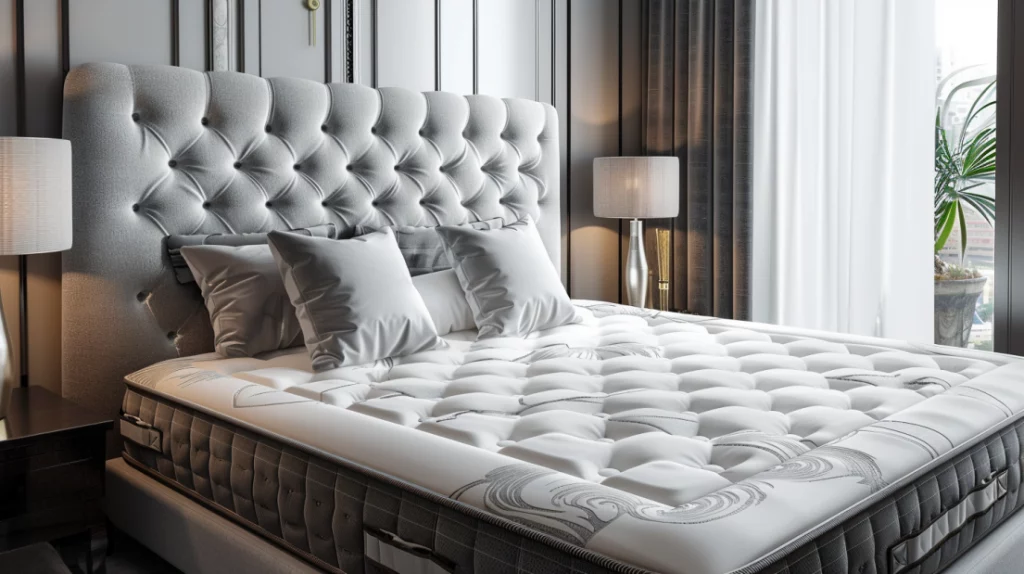
Mattress Durability and Maintenance: A Comparative Analysis
When it comes to the longevity of a mattress, maintenance plays a crucial role. Foam mattresses, while offering superior comfort and support, may require more attention over time. Regular rotation is recommended to prevent permanent indentations and prolong the mattress’s life. High-density foam options tend to last longer but might come at a higher cost.
Bonnell spring mattresses are known for their durability, attributed to their robust spring system. However, the interconnected springs can eventually lead to sagging, especially in areas of high pressure. Regular flipping and rotating can help mitigate this issue, ensuring the mattress wears evenly.
Pocket spring mattresses are distinguished by their resilience and low maintenance requirements. The independent coil system not only provides consistent support over years but also reduces the need for frequent rotation. This mattress type is designed to maintain its shape and comfort level over time, representing a sound investment for those seeking longevity without the hassle.
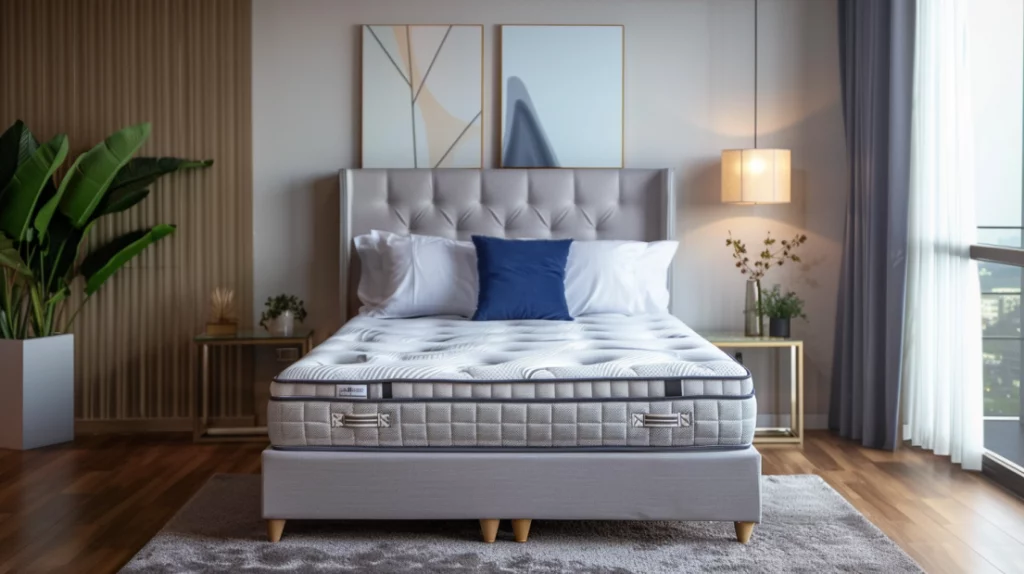
The Impact of Mattress Materials on Sleep Quality
The choice of mattress material has a profound effect on sleep quality, particularly in terms of temperature regulation and overall comfort. Foam mattresses, especially those made from memory foam, are known for their excellent contouring properties. However, they can retain heat, which might be uncomfortable for hot sleepers. Gel-infused or open-cell foam mattresses offer a cooler sleeping experience by enhancing air circulation.
Bonnell and pocket spring mattresses naturally excel in ventilation due to the air gaps within the spring system, promoting a cooler sleep environment. These mattresses are often preferred by those who sleep hot or live in warmer climates.
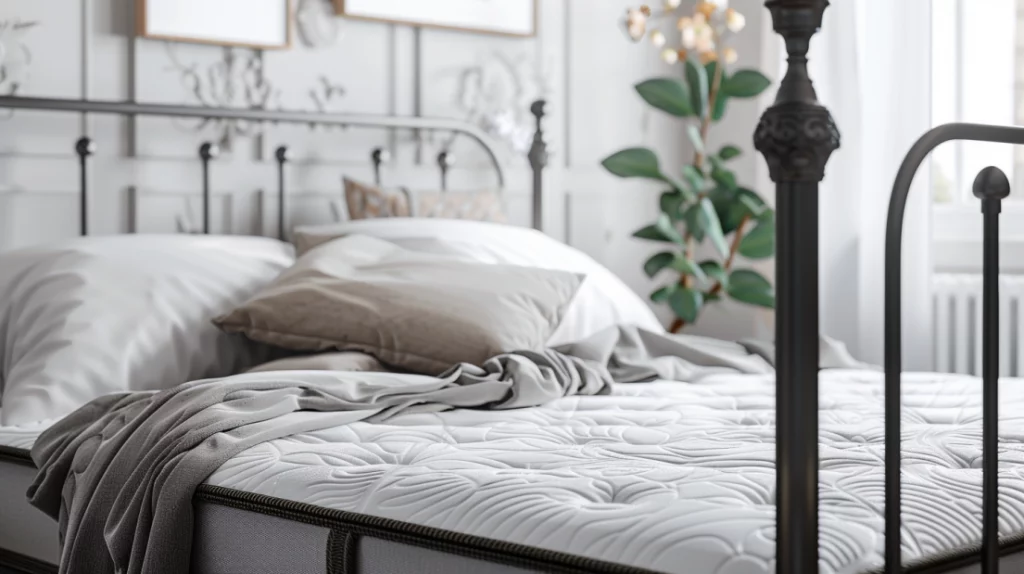
Navigating Mattress Purchases on a Budget
Budget considerations play a significant role for many shoppers in the mattress market. Foam mattresses are particularly versatile in pricing, providing options for both budget-conscious buyers and those looking for a touch of luxury. The variety in foam types, densities, and layering options means that it’s possible to find a mattress that fits specific comfort needs without breaking the bank. This flexibility allows consumers to prioritize essential features like support and durability while adhering to their budgetary constraints.
Bonnell spring mattresses are known for their affordability, offering a practical solution for shoppers seeking reliable support at a lower cost. The variability in price among these mattresses often reflects differences in material quality and construction, allowing buyers to choose based on a balance of cost and desired mattress features. This makes Bonnell spring mattresses a go-to option for those who need a firm and supportive sleep surface without a hefty investment.
Pocket spring mattresses, on the other hand, tend to be on the higher end of the price spectrum but justify their cost through enhanced comfort, support, and durability. Their individual coil system tailors to the sleeper’s body, providing a personalized sleep experience that adapts to different body types and sleeping positions. Although pocket spring mattresses represent a larger upfront cost, their long-term benefits in terms of sleep quality and mattress longevity can offer a more cost-effective solution over time. For shoppers navigating their mattress purchase on a budget, understanding these distinctions can help in making an informed decision that balances cost with comfort and quality.
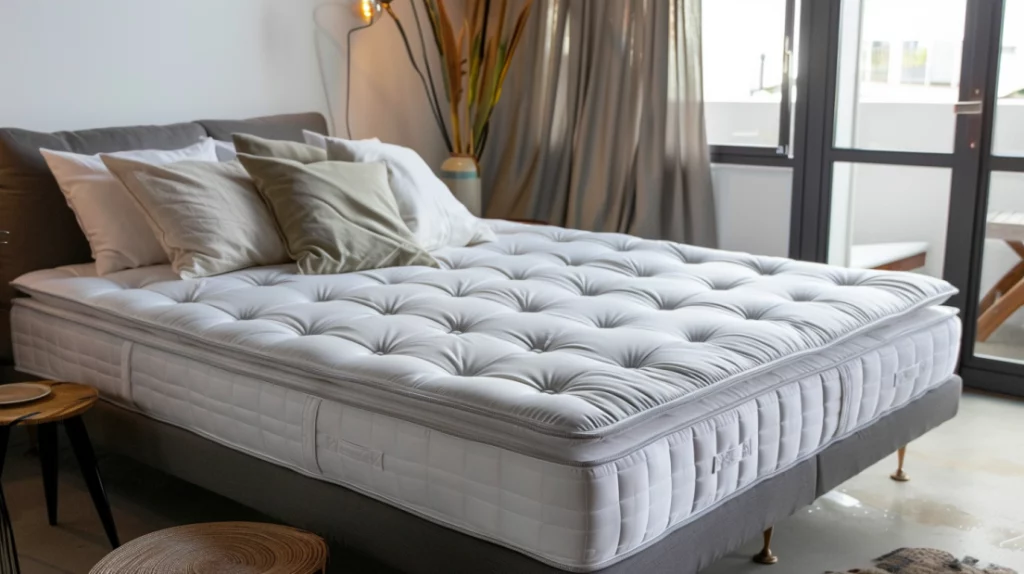
Seasonal Sleep Solutions: Choosing the Right Mattress for Every Season
Adjusting your mattress selection to suit seasonal needs is a strategic approach to ensure year-round sleep comfort. During the warmer months, the heat can disrupt sleep patterns and reduce sleep quality. Foam mattresses equipped with cooling technologies, such as gel infusions or copper-infused foam, are designed to counteract this issue. These innovative materials work by absorbing and dispersing body heat more efficiently than traditional foam, creating a sleep surface that remains comfortably cool throughout the night. Additionally, open-cell foam mattresses offer enhanced airflow, further contributing to a cooler sleeping environment and making them an ideal choice for those seeking relief during hot weather.
Conversely, spring mattresses are celebrated for their inherent breathability, attributed to the air circulation facilitated by the gaps within the spring system. This natural ventilation feature makes spring mattresses, including both Bonnell and pocket spring varieties, an excellent choice for maintaining comfort across different seasons. The decision between Bonnell and pocket spring mattresses often hinges on individual preferences regarding support and motion isolation. Bonnell springs offer a firmer, more traditional feel, ideal for those who appreciate robust support. Pocket spring mattresses, with their individually encased coils, provide a more nuanced support system that adapts to the body’s contours and reduces motion transfer, making them perfect for partners seeking undisturbed sleep.
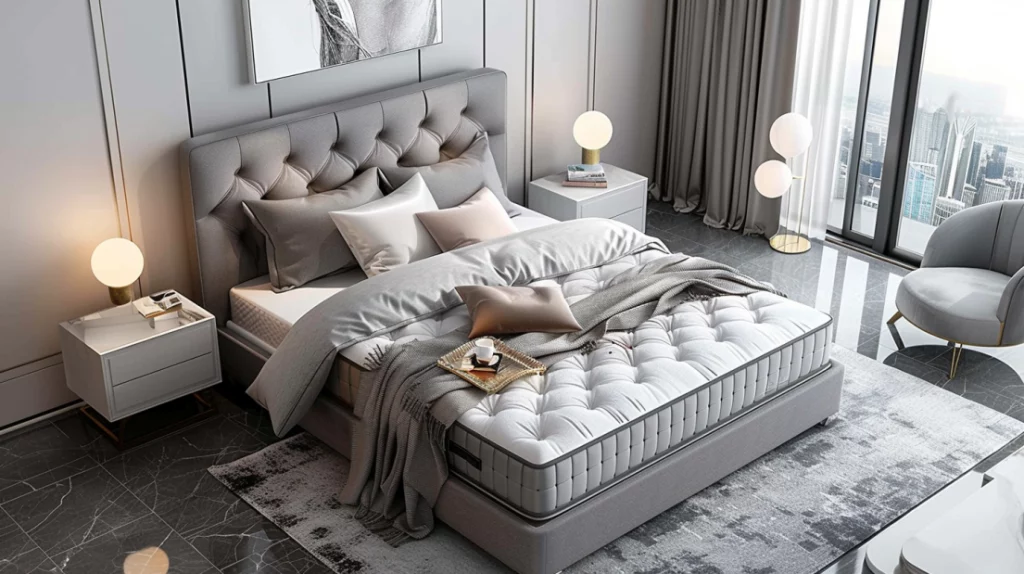
Conclusion
The journey to finding the perfect mattress is one that requires a thoughtful examination of personal sleep habits, an understanding of maintenance needs for different mattress types, an appreciation for the impact of materials on sleep experience, awareness of budgetary constraints, and consideration for the need for comfort across seasons. Opting for foam, Bonnell spring, or pocket spring mattresses involves discerning the distinct benefits each type offers. By prioritizing comfort, health, and individual sleep preferences, consumers are guided to a decision that ensures nights filled with restful sleep and days that benefit from rejuvenation and vitality.
The journey is also a testament to the belief that a mattress is more than a sleeping surface; it’s a foundational element of overall health and well-being. A carefully selected mattress not only improves sleep quality but also supports a lifestyle where well-being is placed at the forefront. Thus, making an informed choice about where to invest one’s night hours is crucial. It’s an investment in the quality of one’s daily life, reflecting a commitment to nurturing sleep that is both restorative and transformative.

